According to the Kodak Datasheets on Eastman Fine Grain Duplicating Positive Film, which I will refer to from now on as Eastman 2366, is a low-speed duplicating film intended for making master positives from black-and-white camera negatives. Eastman 2366 is a blue-sensitive black-and-white film has very high resolution and provides very high acutance. In other words, this is not a film for regular photographic use. But what’s the fun in that? I first came across Eastman 2366 among other specialised Motion Picture Film from the Film Photography Project but to develop these as negatives using standard chemistry, while possible it’s hard to find times to process these in. Despite processing the film ‘the wrong way,’ the images you get are stunning, contrasty, and generally something unique from your standard B&W Negative Films. Special thanks to John Meadows for rolling up three additional rolls from his bulk roll for this review!
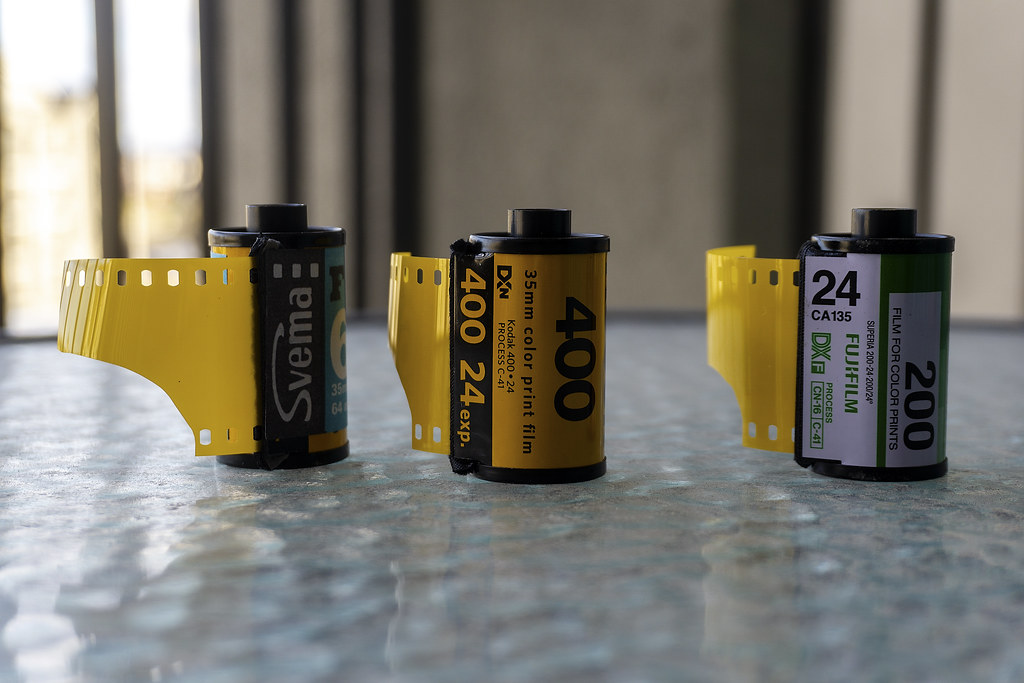
Film Specs
Type: Blue-Sensitive Duplicating Film (Orthochromatic)
Film Base: ESTAR (Polyester)
Film Speed: ASA-1.5 to ASA-12
Formats Available: 135
Roll 01 – Kodak D-76
Honestly, I’m surprised at how well these images turned out. There’s that rich deep contrast again, but we are developing a positive film as a negative, so there’s that. But I mean I first pulled the film from the tank and held it up to the light and immediately knew I had a winner right here. Now I feel these are underexposed a little probably because I was shooting in overcast light in deep shadow, and since the film is blue-sensitive, it probably affected the way the film responds to light. That being said, the images have a deep rich contrast but maintain a lovely tonality. Not to mention they’re sharp and grain-free.




Roll 02 – Kodak HC-110
There’s a certain smoothness about these images, it’s almost a creamy nature and reminds me of the images I got out of Svema MZ-3. And I’m not surprised because I based the developing times for 2366 off my working developing time for MZ-3. I had settled on six minutes in HC-110 Dil. E but MZ-3 is an ASA-3 film, so I just increased the developing time by 1.5 times for ASA-6. But man I pulled the negatives out of the tank and was impressed! Although you do see some loss in shadow detail that could be the nature of the film being blue-sensitive.
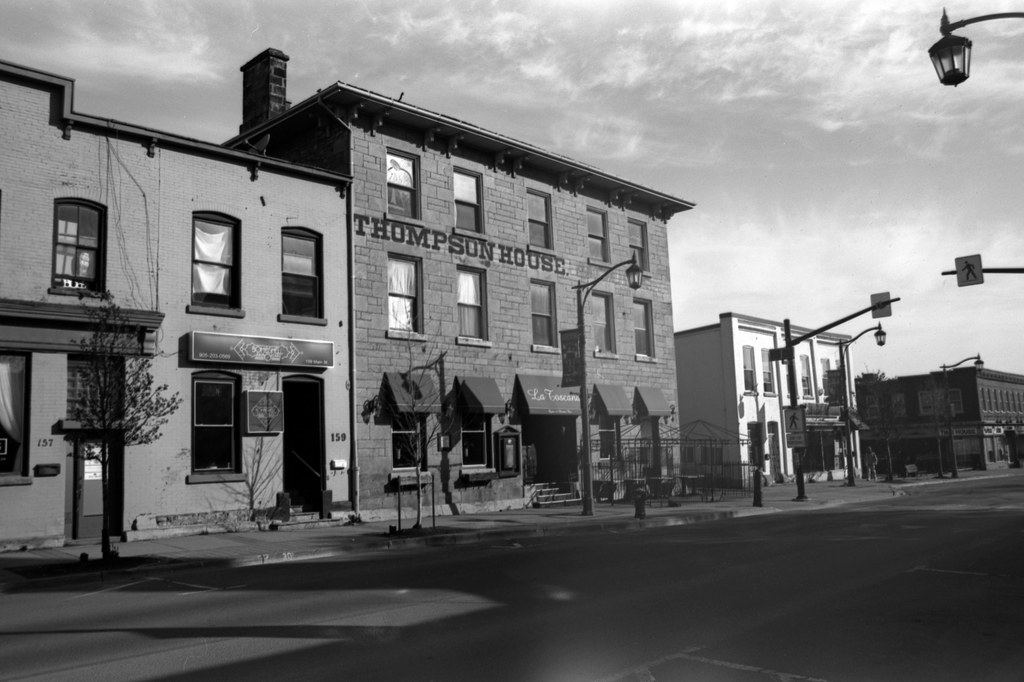

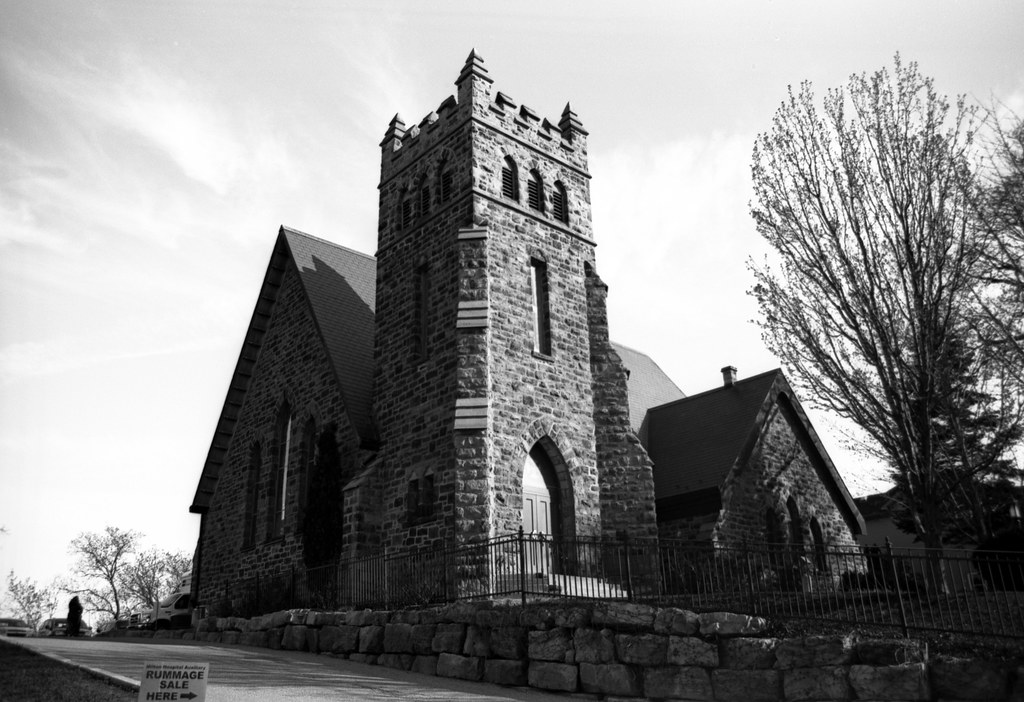
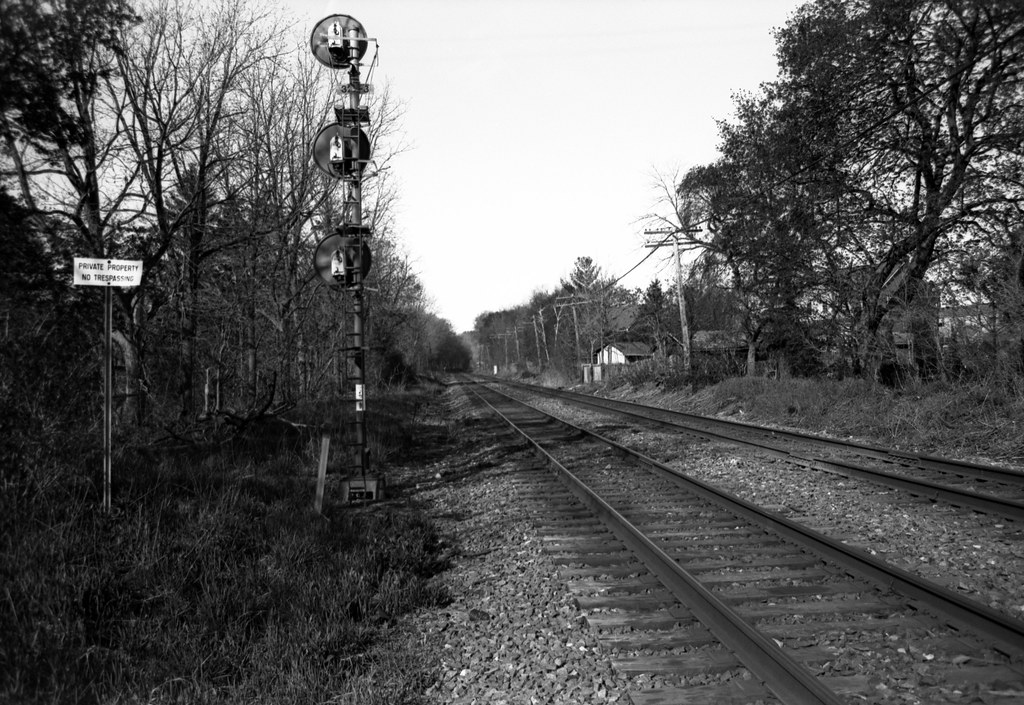
Roll 03 – Rodinal
I’m not sure how I feel about these images, the light the day I shot this roll was pretty varied from direct light to overcast in short intervals. So I feel that had a lot to do with the under-exposure, or my Rodinal is getting so low in the bottle it’s not that strong anymore. Either way, the results I got are pretty consistent with the first two rolls, fine grain, high-contrast, and decent tonal range. The long-developing time doesn’t make this my first choice, and besides, I seem to like the HC-110 much better. Either way, this isn’t a bad choice.
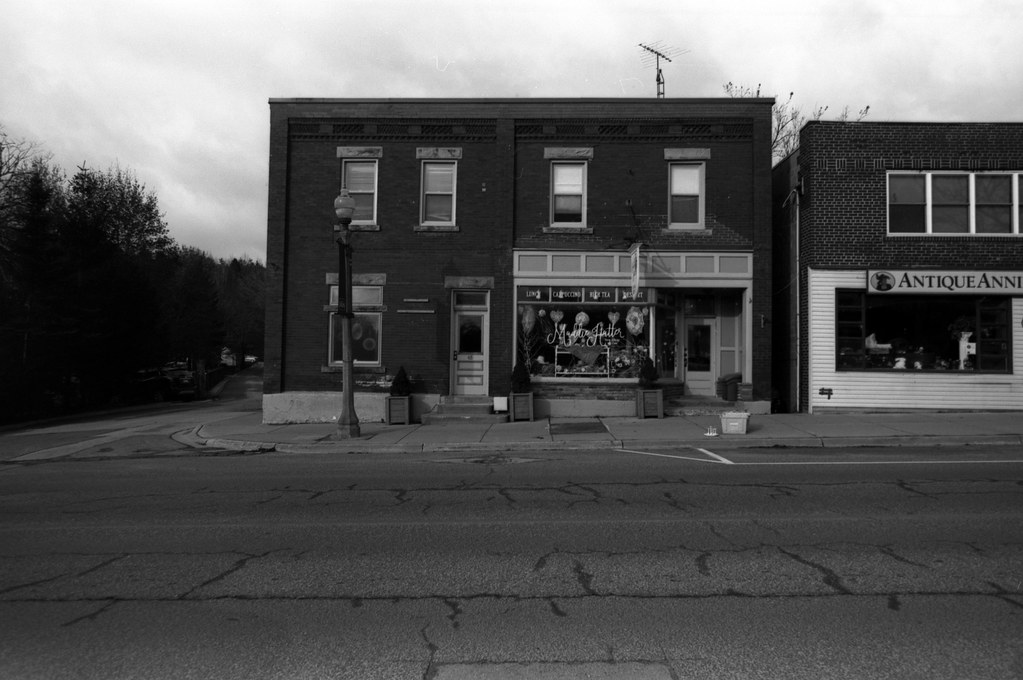

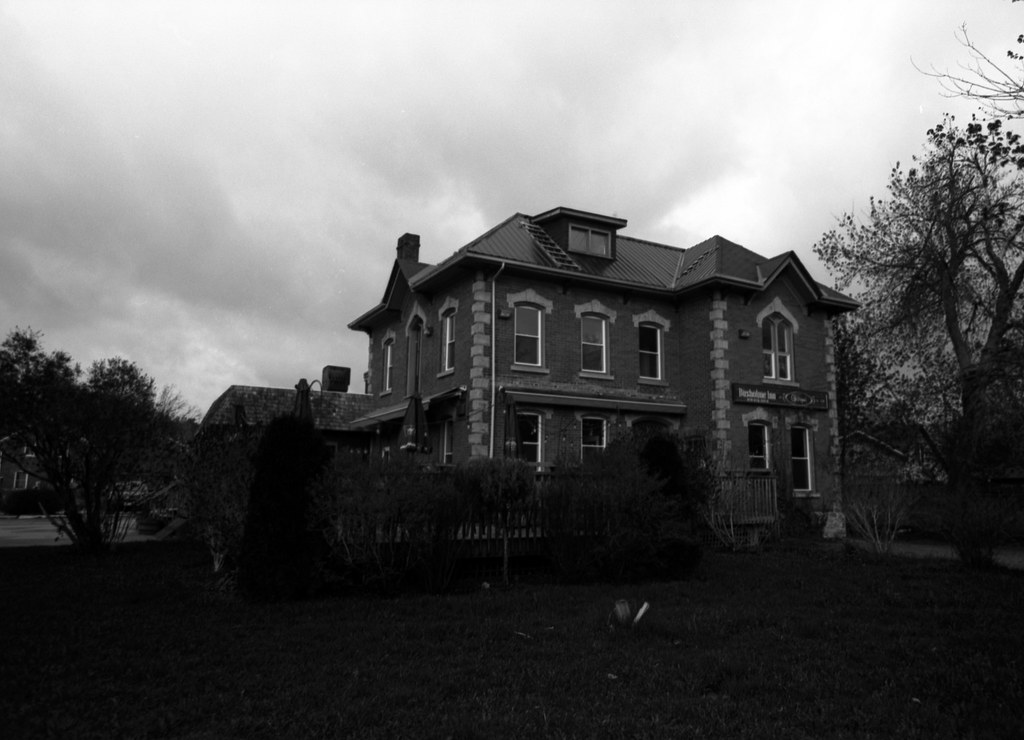

Roll 04 – Kodak Xtol
Rich, contrasty, fine-grained, and super sharp. There’s no surprise here when you combine a film that is designed to be grainless and sharp with a developer like Xtol. Although a little too contrasty almost, nothing over the top. A happy medium? Even for processing the film incorrectly, you get amazing results, especially with sharpness and resolution. Of course, the contrast does take a bit away from the tonality across the spectrum, but that might have something to do with the blue-sensitivity. This certainly isn’t a film you want to use your contrast filters.
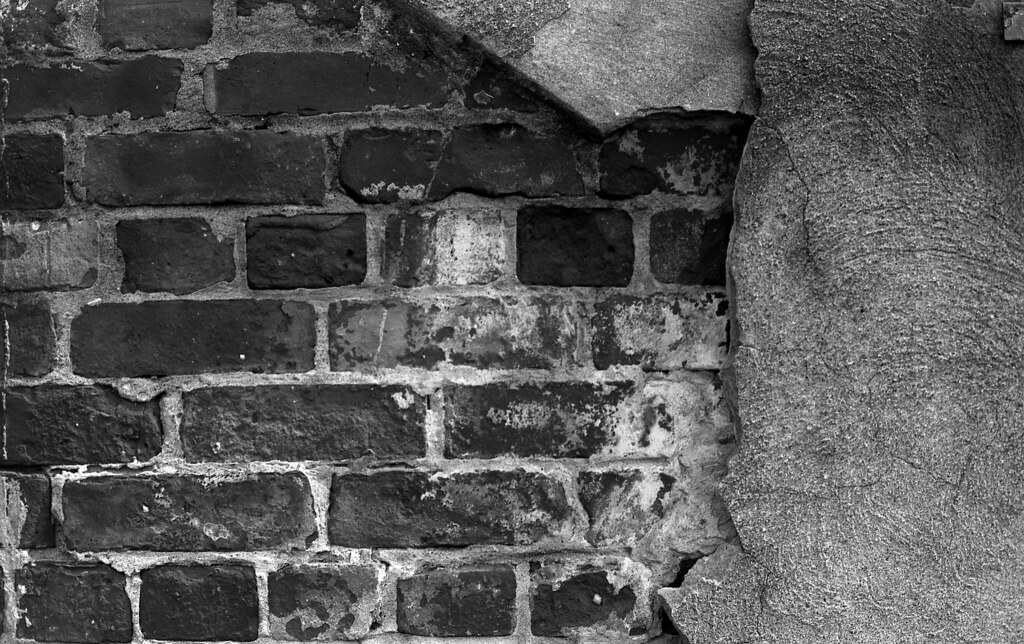
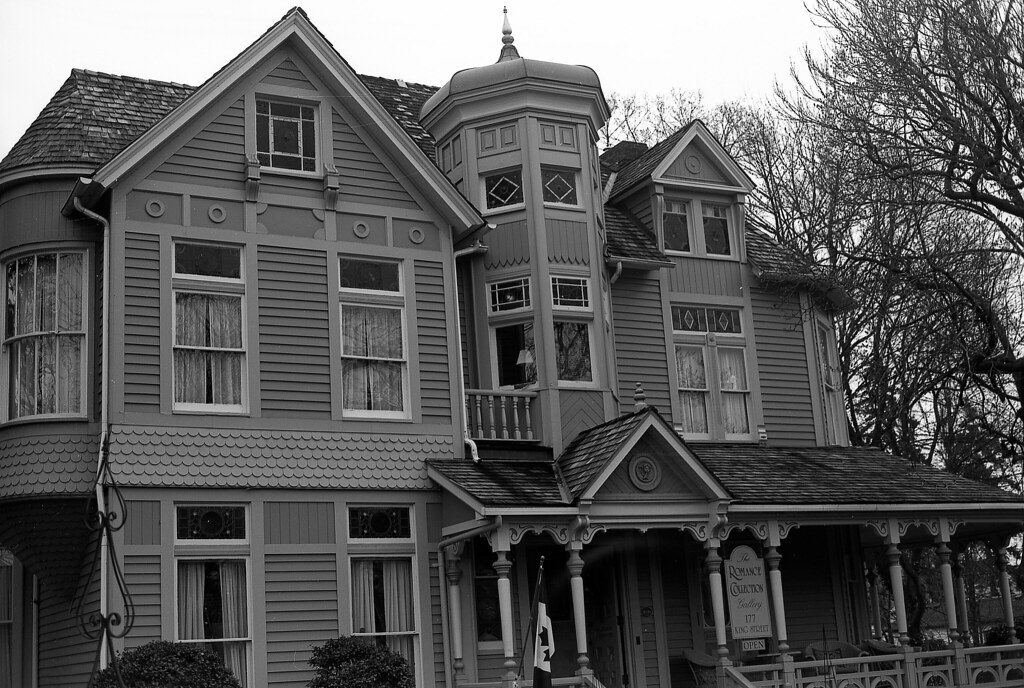
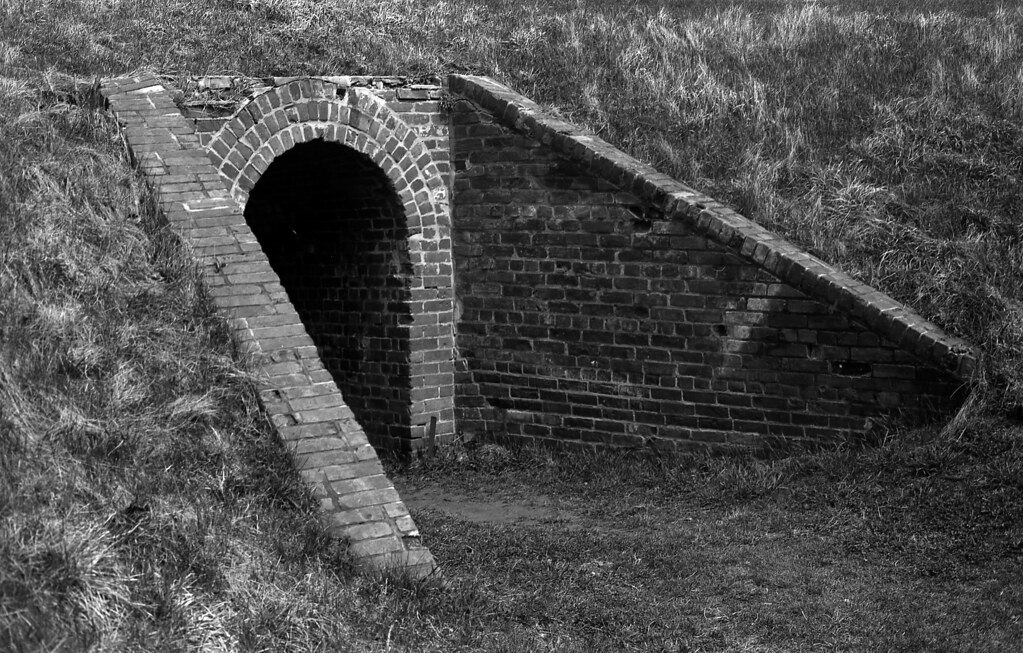
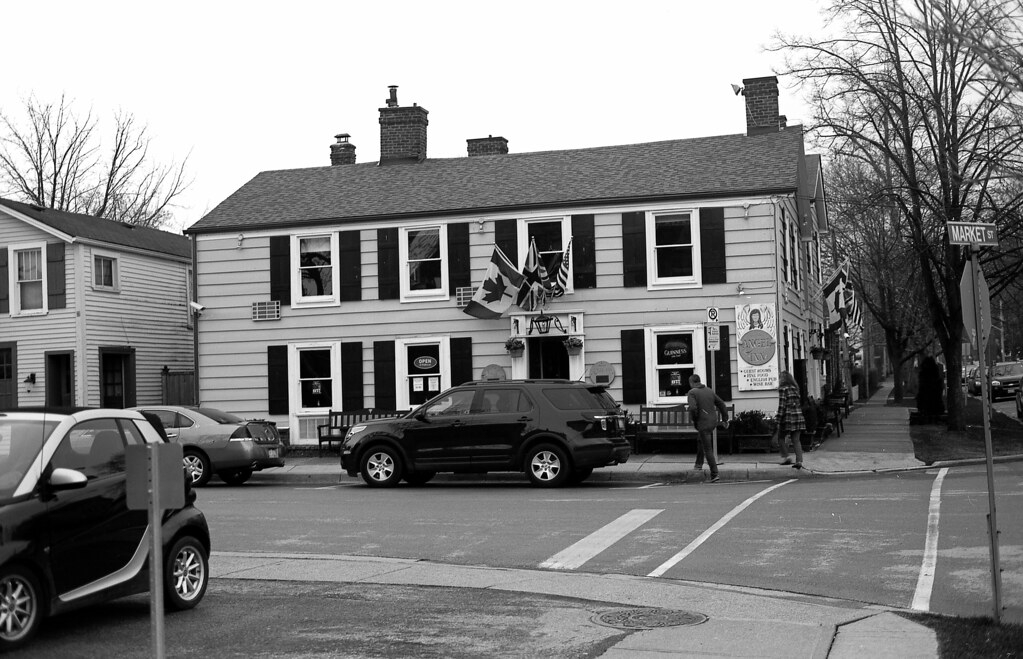
Final Thoughts
There’s something unique about running with motion picture film in your still camera, and while Double-X lends itself well to pictorial work, 2366 does not. But it does give a fun look if you’re looking for something more different than 2366 is your film. In all cases the film is easy to work with scanning, it much preferred being scanned in my V700 over the Coolscan V. And when editing there was little in the way of adjustments from the straight scans. While you can shoot the film handheld, I do recommend a tripod, especially if you’re shooting at ASA-6 or lower. Personally, my favourite developer with the film is Kodak HC-110 or Kodak D-76 both produced amazing results! I don’t see myself using this film again, but it certainly was fun! If you’re interested in trying the film out for yourself the best place to pick up 2366 is through the Film Photography Project, they have it available in both pre-rolled canisters or in 100′ bulk rolls.